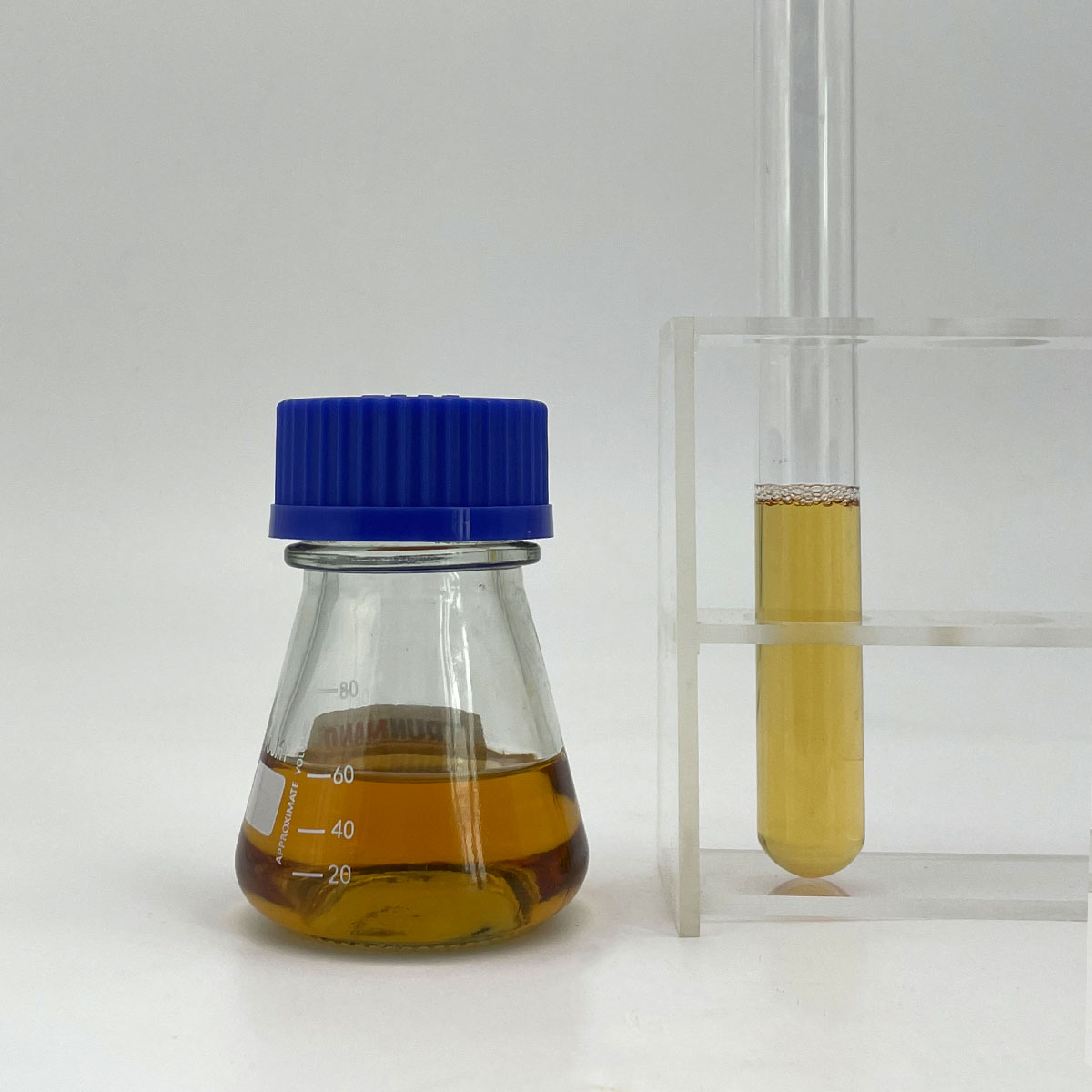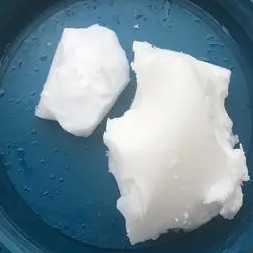**What’s the Secret Sauce in Your Lungs? Nurses Spill the Beans on Surfactant!**
(Which Of The Following Would A Nurse Identify As A Surfactant?)
Imagine your lungs are like a bunch of tiny balloons. Now picture those balloons getting sticky, collapsing, or refusing to inflate. Sounds scary. Luckily, there’s a hidden hero keeping things smooth: surfactant. Nurses know this stuff like the back of their hand. But what exactly is it? Let’s break it down without the fancy jargon.
Surfactant is a slippery, soap-like substance. It coats the inside of your lungs’ air sacs, called alveoli. These sacs are where oxygen jumps into your blood and carbon dioxide gets kicked out. Without surfactant, these sacs would stick together every time you exhaled. Think of blowing up a balloon covered in glue—it’d be a mess. Surfactant stops that. It lowers surface tension, a fancy term for the force that makes water bead up or bubbles form. Basically, it makes sure your lungs don’t turn into a sticky disaster.
So why do nurses care? For starters, surfactant is a big deal for newborns. Premature babies often don’t make enough of it. Their lungs aren’t ready. Nurses in neonatal units see this firsthand. A baby struggling to breathe, turning blue, or grunting with every breath? That’s a red flag. The nurse’s brain goes straight to surfactant deficiency. It’s like a lightbulb moment. They know this isn’t just a random problem—it’s a surfactant emergency.
But how do nurses spot it? They look for clues. A baby’s breathing might be fast and shallow, like they’re panting. The chest could sink in with each breath. Machines might show low oxygen levels. All these signs point to unhappy lungs. Nurses connect the dots. They know surfactant isn’t just a word in a textbook—it’s the difference between a baby breathing easy or fighting for air.
Surfactant isn’t just for babies. Adults can lose it too. Smoke inhalation, lung injuries, or diseases like pneumonia can wreck surfactant production. Nurses in emergency rooms or ICUs watch for this. A patient with sudden, severe breathing trouble? Surfactant shortage might be lurking. Tests like X-rays or blood gas analysis help confirm it. Nurses use these tools like detectives. They piece together symptoms, tests, and medical history to ID the culprit.
Here’s a fun fact: surfactant is mostly fats and proteins. The main fat is called dipalmitoylphosphatidylcholine. Try saying that five times fast. Nurses don’t need to spell it. They just need to know it works. It’s like the grease in a car engine—without it, everything seizes up.
Ever blown soap bubbles? Surfactant acts like the soap in that mix. It makes the bubble’s surface flexible and strong. Without it, bubbles pop instantly. Your alveoli are like those bubbles. Surfactant keeps them from popping—or collapsing. Nurses get this analogy. It’s why they push for treatments like artificial surfactant for preemies or oxygen therapy for adults. They’re basically lung mechanics, keeping the engine running.
(Which Of The Following Would A Nurse Identify As A Surfactant?)
Surfactant might not be famous, but it’s a lifesaver. Nurses see its impact daily. Whether it’s a tiny baby in an incubator or a firefighter recovering from smoke inhalation, surfactant is the unsung hero. Next time you take a deep breath, thank this slippery little miracle. And maybe thank a nurse too—they’re the ones keeping an eye on it.
Inquiry us
if you want to want to know more, please feel free to contact us. (nanotrun@yahoo.com)




